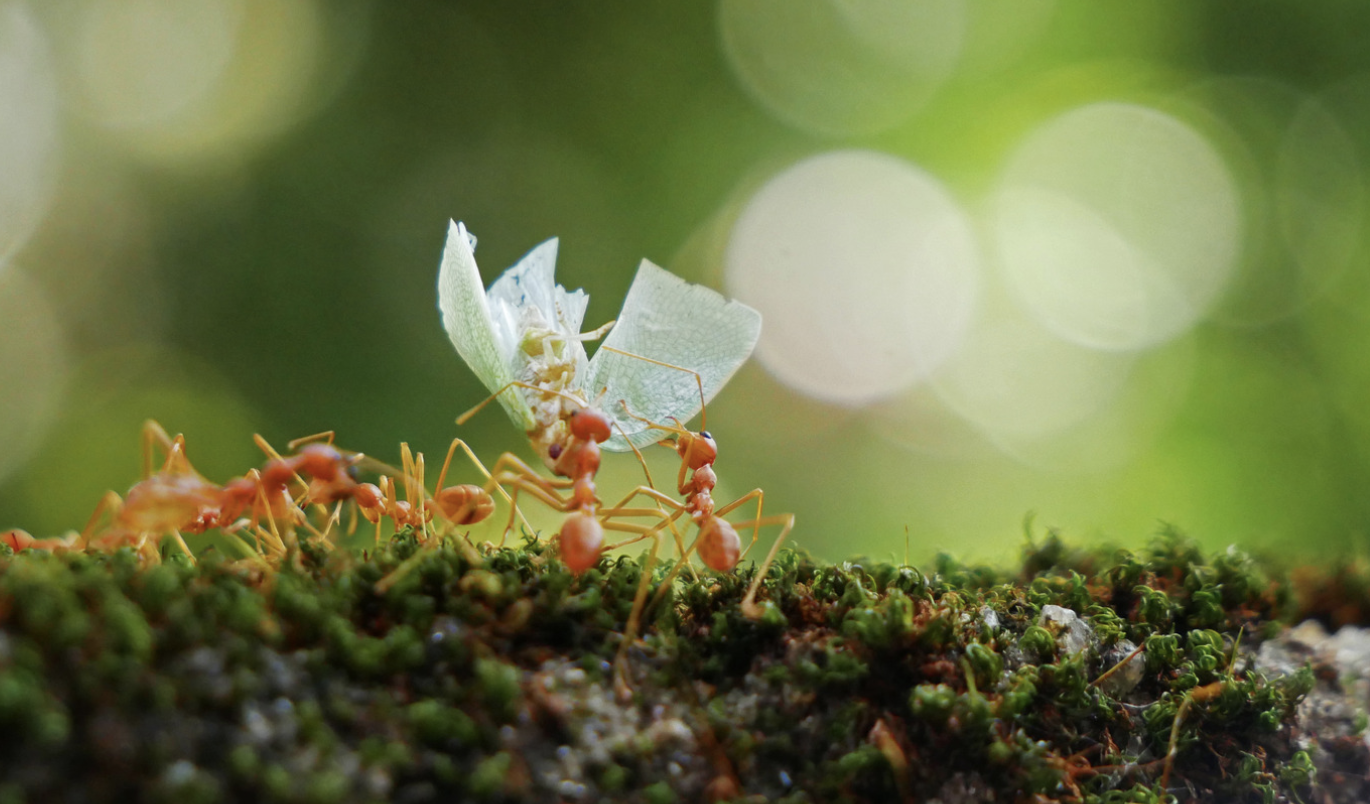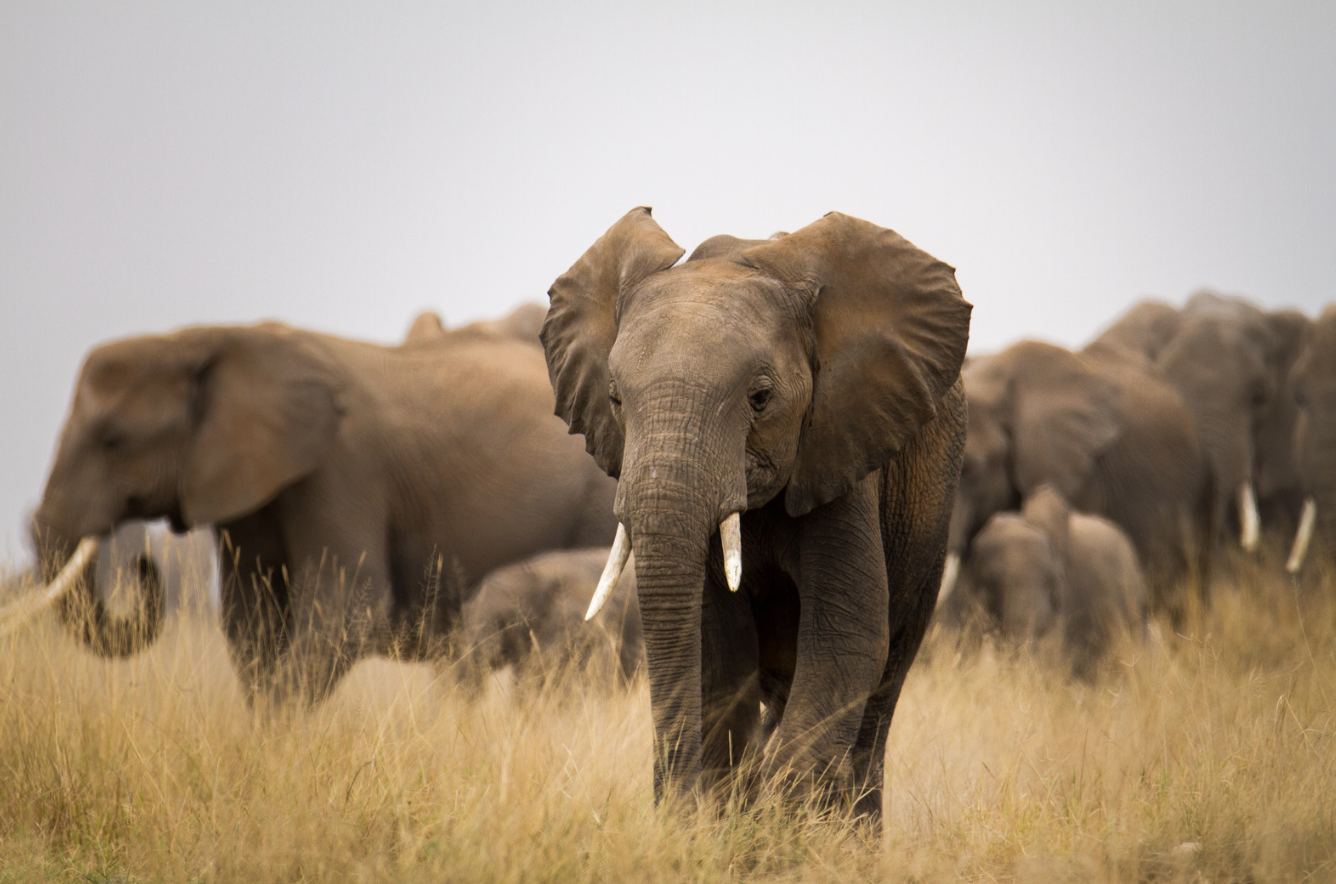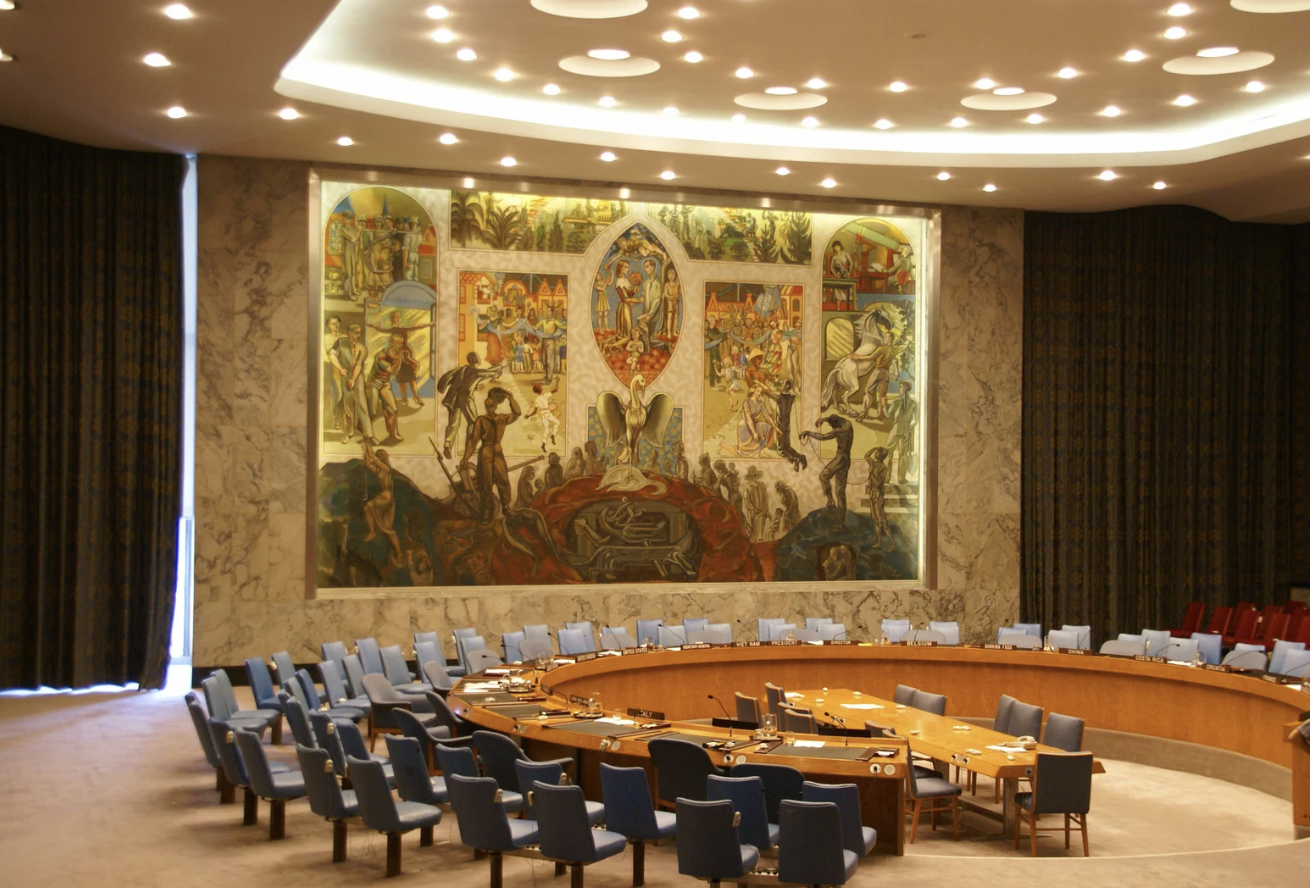Anúncios
On Saturday, 10 more species were added to a global wildlife accord that had previously been established. The Asian elephant, the jaguar, and the great Indian bustard were among the new species that were discovered with this discovery.
Resolutions and decisions were enacted at the conclusion of the Thirteenth Meeting of the Conference of the Parties to the Convention on the Conservation of Migratory Species of Wild Animals (CMS COP13), which was held in Gandhinagar, India. These resolutions and decisions were intended to assist in the conservation of migratory species on a global scale.
During the end of the thirteenth Conference of the Parties (COP13), Amy, the Executive Secretary of the CMS, said that the significant role that CMS plays in the preservation of the environment all over the world has been enthusiastically embraced.
In addition to Asian elephants, jaguars, and great Indian bustards, which are all set to receive the most restrictive protection under Appendix I, Bengal floricans, tiny bustards, antipodean albatrosses, and oceanic white-tip sharks were also eligible for protection. Protection was granted to all of these species.
The list of migratory species that would benefit from improved international collaboration and conservation efforts includes urials, smooth hammerhead sharks, and tope sharks throughout this time period. These sharks are considered to be among the most endangered species in the world.
In addition, fourteen distinct species were chosen to be the focal point of conservation projects that were recently agreed upon.
As Ms. Fraenkel said in her statement, “CMS is in a position that is unparalleled to address the conservation of migratory species and their habitats, and to contribute to reversing the trends of species and biodiversity loss worldwide.”
Platalea leucorodia, more commonly known as the Eurasian spoonbill, is a large wading bird that may be found in China’s Yellow Sea-Bohai Gulf Migratory Bird Sanctuaries.
A television station that is often referred to as Yancheng Broadcasting Platalea leucorodia, more commonly known as the Eurasian spoonbill, is a large wading bird that may be found in China’s Yellow Sea-Bohai Gulf Migratory Bird Sanctuaries.
Gandhinagar’s Declaration of Independence
The CMS places a high priority on preserving and reestablishing ecological connectivity, especially with regard to the management of migratory species and the habitats in which they reside. The Gandhinagar Declaration, which was just recently endorsed and reaffirmed by 130 countries who are parties to the CMS, is a reflection of this fact.
In the Declaration, it is asked that the concept of “ecological connectivity” and migratory species be incorporated in the Post-2020 Global Biodiversity Framework and that they be given priority in the framework. At the United Nations Biodiversity Conference, which is scheduled to take place in October, it is expected that this framework will be approved.
Species that migrate and are seeing a gradual decrease
The very first report on the status of migratory species was presented right there at the conference, which served as the location for the presentation.
In light of the fact that the populations of the vast majority of CMS-covered migratory species are decreasing, the Conference of the Parties (COP13) came to the conclusion that a more comprehensive evaluation ought to be carried out in order to acquire a better comprehension of the current state of specific species and the threats that they are confronted with.
The Convention received a wake-up call in the form of the first status report, and the Parties realized the need of conducting a more extensive study. According to the Chief Executive Officer of the CMS, the CMS COP13 established a clear mandate for the development of a flagship report on the state of migratory species. The findings of this research will not only offer us with a tool that is desperately required for determining the areas in which we should focus our efforts, but it will also provide us with a more precise understanding of what is taking place on the ground.
For the purpose of addressing the issues that migratory species face, the conference reached a consensus on a number of policy proposals that span across many policy frameworks. Among these efforts is the incorporation of issues about biodiversity and migratory species into national energy and climate policy, as well as the promotion of renewable energy sources that are favorable to wildlife.
The individuals who are Indian hosts
There were three CMS Ambassadors named, seven Migratory Species Champions were recognized, and two sets of commemorative stamps were issued at the conference, which was the first CMS COP to be started by the Head of Government of a host country. Additionally, the meeting was the first CMS COP to be launched by a host nation.
During his inaugural speech, the Prime Minister of India, Narendra Modi, pledged to make the protection of migratory birds along the Central Asian Flyway a top priority with regard to conservation efforts. In addition, he made an announcement on the development of an institutional research center for the purpose of preserving migrating birds and marine turtles, as well as the reduction of pollution produced by micro-plastic and single-use plastic, among other things.
As the country that will be hosting the thirteenth Conference of the Parties (COP13), India will be in charge of the post of COP Presidency for the following three years.
After careful consideration, Executive Secretary Fraenkel arrived to the decision that “the spirit of ‘Athithi Devo Bhava’… will now resonate from Gandhinagar into the world: Migratory species connect the planet, and together we welcome them home!”




